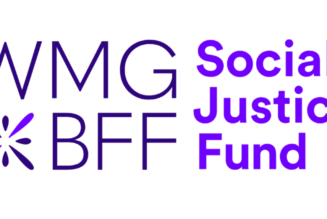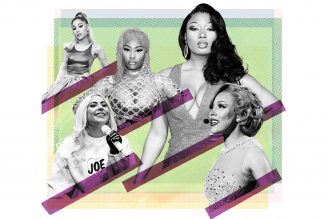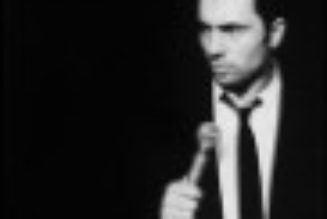Columnists
Blank tape tax: case of if you can’t beat them, make them pay for copyright
Monday November 06 2023

A mobile phones shop. PHOTO | SHUTTERSTOCK
The adage goes, “If you can’t beat them, join them.” Or better, make them pay. Kenyans will need to pay more in order to purchase cell phones and other electronic devices that have the ability to record audio and video, following the announcement made recently by the Kenya Copyright Board (KECOBO) on the adoption of the blank tape tax.
This peculiar term has been causing a stir in the technology and entertainment industries. However, what is it actually and why is it being used? Typically, a blank tape tax is applied on producers, importers, or distributors of material or equipment, whether digital or analogue, that permits users to create personal copies in order to provide compensation.
The blank tape tax recognises that people frequently duplicate music, movies, or other copyrighted works for personal enjoyment, potentially resulting in financial loss for artists and copyright holders.
Hence, the blank tape tax objective is to recompense artists, performers, and record producers for the private copying of their protected works when consumers buy audiovisual, digital, and analogue phonograms, as well as other data carriers like USB drives, CDs, and DVDs.
It is contended by some that private copying of copyrighted material violates intellectual property rights and cannot be successfully prohibited, managed, or licensed.
As a result, the optimum method of paying copyright holders is to combine the requirement to compensate rights holders with an exemption to the exclusive right of reproduction that permits private copying. Consequently, KECOBO is implementing the tax.
The blank tape tax argument is constructed on a slew of grounds. Because the exclusive right of reproduction is not enforceable in the private sphere, or at least not without serious interference with privacy rights, the introduction of private copying technology has created a new market for the exploitation of copyrighted works, with manufacturers of recording equipment and blank media reaping the benefits.
Thus, the blank tape tax gives rights holders a piece of this market.
However, there are drawbacks to this new market; it presents an immediate concern in establishing a system for allocating the above-mentioned earnings to copyright holders that is regarded “fair” by all copyright holders and consumers.
Previously implemented systems were limited to music and would divide the revenues according to a measurement of CD sales in music stores or quantity of radio air-play. However, this disregards alternative means of distribution, such as the Internet, and favours publishers of related items and well-known artists disproportionately.
Thus, the need for fairer techniques which would presumably entail a significant sampling of customers to ascertain real private copying behaviour, or else compensating all musicians at a simple flat rate (the preferred way will depend on one’s political beliefs). And small rights holders would reap more from a simple flat-rate approach than from an exclusive rights distribution scheme.
Disapprovingly, the blank tape levy has been criticized for some time, particularly by industry purists; they believe that a blank tape levy system that levies digital reproduction equipment and media is beyond the boundaries of art.
It presupposes that all producers wish to monetise their work, which is not necessarily the case, especially on the Internet. Many creators produce to inform rather than amuse readers, listeners, and viewers.
Often, their goal is to reach the broadest possible audience rather than maximise profit from their works, which explains the disparity between reality and the assumption underpinning the blank tape levy system.
Furthermore, it is hypothesised that the blank tape levy is associated with a comparable easing of copyright laws by allowing the recording of copyrighted works on the medium for which the tax has been paid, thereby substituting a right to equitable compensation for the exclusive reproduction right. In the eyes of the public, copyright is undermined.
Moreover, the blank tape levy is predicated on the notion that private copying has caused injury to rights holders. Even so, it is challenging to defend this levy because the harm has not been precisely identified and demonstrated.
The implementation and ramifications of the blank tape tax must be explored, given that the blank tape levy conversation is a subset of a larger one regarding copyright, its modernisation for the digital era, and the public’s perception of its legitimacy.
The writer is an Advocate of the High Court of Kenya.









